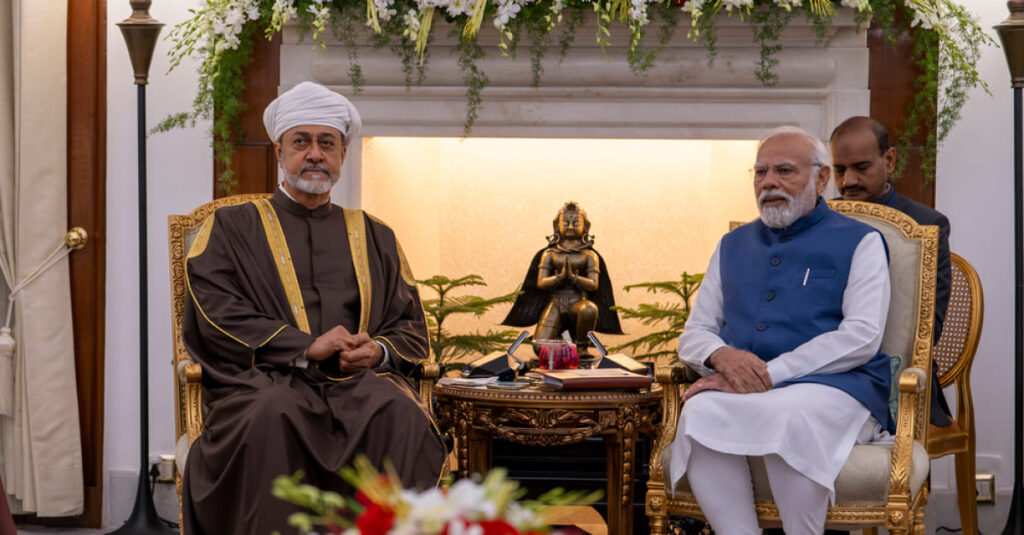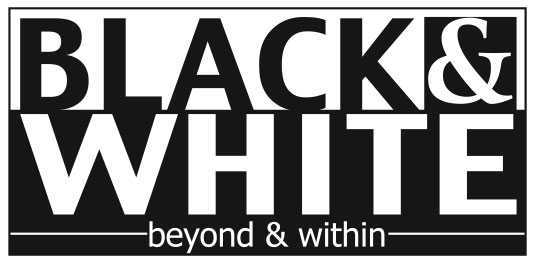By Anil Wadhwa

India and its strategic partner Oman are set to sign a Free Trade Agreement (FTA), the text of which has been finalised. Given the fact that the Election Commission of India is set to announce the dates of the general elections, the actual signature may have to wait although both sides are keen to find a via media for a formal announcement soon. It is, however, remarkable that rapid progress has been made in the negotiations since the discussions began in earnest just over three months ago in November 2023. The finalisation efforts got a boost after His Majesty Sultan Haitham bin Tarik and Prime Minister Narendra Modi met in New Delhi on December 16, 2023. The Comprehensive Economic Partnership Agreement (CEPA) figured prominently in the discussions between the two leaders. They adopted the ‘India Oman Joint Vision: A partnership for future’, which complemented the proposed CEPA. Since then both sides have keenly pursued negotiations in a cordial and friendly atmosphere to conclude the agreement. The Indian commerce department sought inputs from the industry for the last lap of the negotiations in January 2024, and currently the agreement is in the final stage of legal scrubbing.
The CEPA will boost both trade and investments between India and Oman. On the sidelines of His Majesty Sultan Haitham’s visit, the commerce and industry minister of India Piyush Goyal and the Omani minister of commerce, industry and investment promotion, Qais bin Mohammed Al Yousef held talks on bilateral trade and investment. The foreign trade and international cooperation advisor at the Omani Ministry of Commerce, Pankaj Khimji, has been driving efforts on the ground and travelling with delegations back and forth since then in an attempt to tide over any differences which in the end, turned out to be few. The agreement is modelled on the India UAE CEPA with a few special characteristics and items which Oman is keen on inclusion like marble, petroleum products, urea, propylene and ethylene polymer, pet coke, gypsum, and unwrought aluminium.
Oman is the third largest export market for India in the Gulf region, and bilateral trade has grown steadily. India Oman trade increased to $ 12. 39 billion in 2022-23 from $ 5.4 billion in 2020-21. The proposed agreement with Oman will bring down the 5 per cent duty faced by around 83.5 percent of Indian exports to Oman. This is expected to help India in its energy security and ensure cheaper supply of fertilisers for the farming community. For Omani businesses the agreement will see reduced tariffs and prices of Indian commodities such as spices, dairy produce, meat, apparel, steel products, electronics and machinery. However, about 18.5 percent of Indian exports to Oman, worth $800 million and already entering duty free, will not see additional benefits from the FTA. These include basmati rice, fruits, vegetables, medicines, fish, tea and coffee. However, the agreement will boost bilateral investments, which in turn will drive trade between the two countries upwards. It is also seen as an important development in the strategic relationship between India and Oman and the Gulf in general.
The agreement with Oman will be the second of its kind for India with any GCC country, after the UAE, with whom India has also concluded a Bilateral Investment Treaty (BIT) just a few weeks ago. Notably, India has signed an ECTA with Australia and an FTA with a group of four European countries – Norway, Switzerland, Iceland and Liechtenstein recently, which lays a heavy stress on investments.
*Ambassador Anil Wadhwa has served as Secretary (East) in the Indian Ministry of External Affairs, and as the Indian Ambassador to Poland, Oman, Thailand and Italy. Currently, he is a Distinguished Fellow with the New Delhi based Vivekananda International Foundation and serves on several corporate boards.

0 Comments